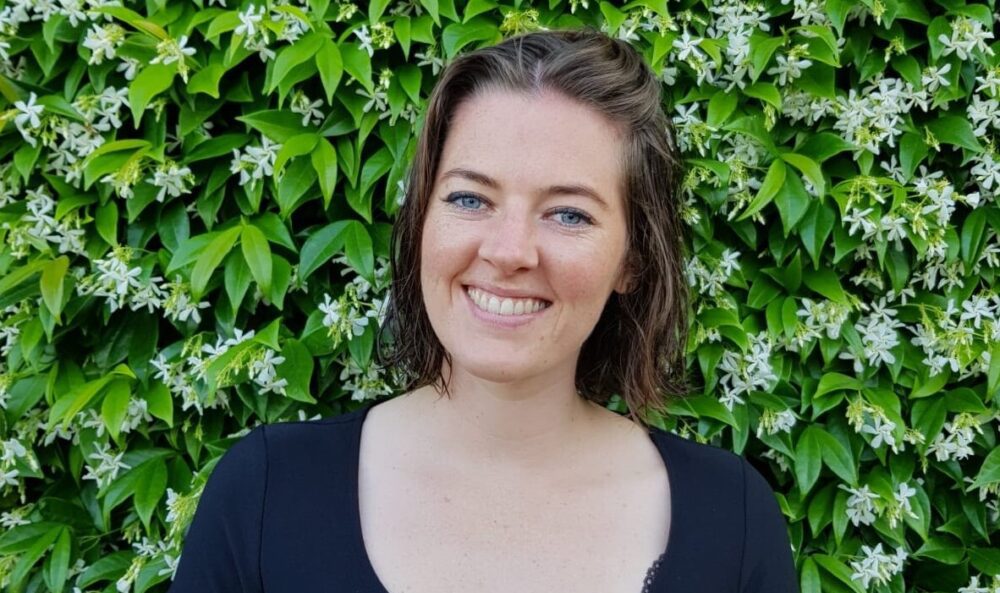Mairead Masterson, Director of Business Intelligence & Analytics at online florist Bloom & Wild will be speaking at IRX@DTX+UCX at ExCeL, London on Wednesday 12 October within a panel session on Creating personalised experiences for each customer using data and insights.
In this interview Mairead shares how Bloom & Wild has put this approach into action.

How has Bloom & Wild been making the most of data to personalise its customer experience and marketing?
Bloom & Wild try to use data wherever we think there is an opportunity to improve our customer’s full lifecycle experience
🏆
The 2024 Creative Retail Awards are open for entries.
The Creative Retail Awards are much more than a mere accolade; they represent the pinnacle of achievement in the retail industry. Garnering a nomination or winning one of these awards is a testament to innovation, excellence, and leadership.
www.creativeretailawards.com
Our Data Science team personalise whichever products they show to customers when they come onsite to ensure that customers are seeing products that we think are most relevant to them. Customers want a frictionless customer experience, and we are constantly optimising different parts of our web and app experiences to ensure that this need is met.
Our Customer Delight team uses data during key customer moments. We can track orders through the delivery networks and can take proactive remedial action. For example, at Mothers’ Day, we can tell if a customer’s bouquet is likely to arrive on time. If we know that it is not, we send a second bouquet via a speedy delivery network. This means that these customers can often end up with two bouquets which is a nice surprise and means that the big day is not spoiled by late flowers.
For how long has Bloom & Wild been taking this approach?
Bloom & Wild have tried to use data to personalise our customer experience since day one. This has helped us build strong relationships with our customers over the years with a high repeat rate. We continually challenge ourselves to aim for a super high NPS and customer satisfaction and so this has remained at the forefront.
Have you changed and adapted your approach in that time?
Definitely. As the business grows, we continually look for new ways to ensure we are meeting the needs of our customers. With new marketing channels, logistical complexity, and product lines we have had to think bigger. For example, how can you scale this analytical approach to different market needs or product lines? How can you reach a wider set of stakeholders? How can we scale and automate the basics?
What sources of data do you bring together and analyse to achieve this?
We aim to consolidate our view of customers. We pull together anonymised data across multiple sources and try to identify meaningful trends within it. This can range from marketing spend, onsite behaviour, order data, warehouse data and logistical data from our partners. We’ve migrated to Snowflake and DBT in the last 12 months and this has been a game changer for us in terms of what we can do here.
How do you analyse the data?
We start with the business problem/action we are looking to take. This keeps us laser-focused on not getting lost in the detail, ensuring that anything we do can be taken and used by the business. As a team, we are not the decision makers but its key for us to be strong business partners to provide decision makers with the resources and insights they need to maximise the effectiveness of their role. We aim for all recommendations to be actionable, if they aren’t then we should be challenging ourselves to ask why we are surfacing the insight
What if any are the issues that you have had to overcome or take into consideration?
As the business grows, it’s important that we are still aware and involved in the decision- making process. We acquired two other brands and this brought its own set of challenges. How do you standardise definitions? how are decisions made? How are stakeholders using data? These were some of the many questions that we had to ask ourselves to ensure that key decisions are data driven in this new world and I’m delighted that we have managed to get to a place where we speak a common language about data and why it is important.
How successful has it been and what can you say about your future plans for this approach?
I’ve been fortunate to be in a leadership team who really care about using data and ensuring that customers are at the heart of our decision making. We’ve recently scaled up our tooling which has unlocked tons of automation, freeing analysts up to work on deeper insight projects and discovery pieces. As the business places more focus on becoming Net Zero, we will push ourselves further to work on new data sources/problems to give us better visibility in this key area.
IRX @ DTX+UCX takes place on 12 & 13 October at ExCeL London. Register – for free – here.












